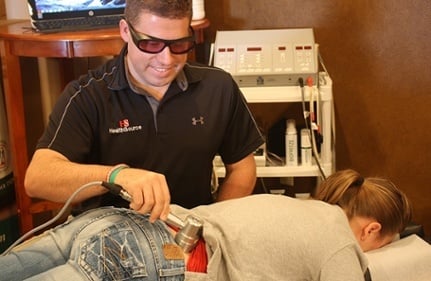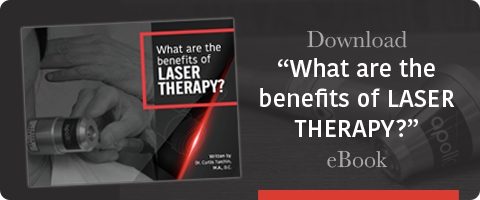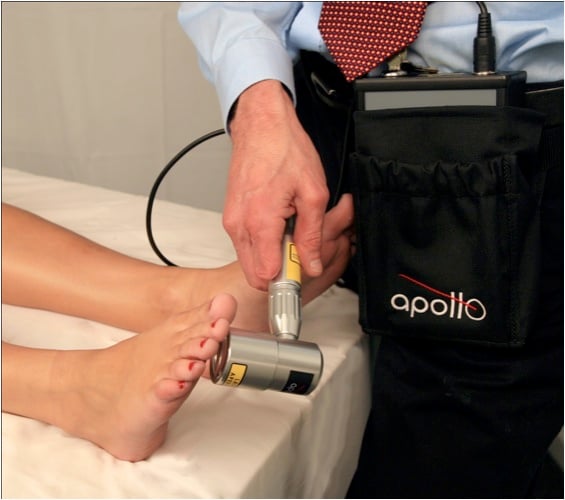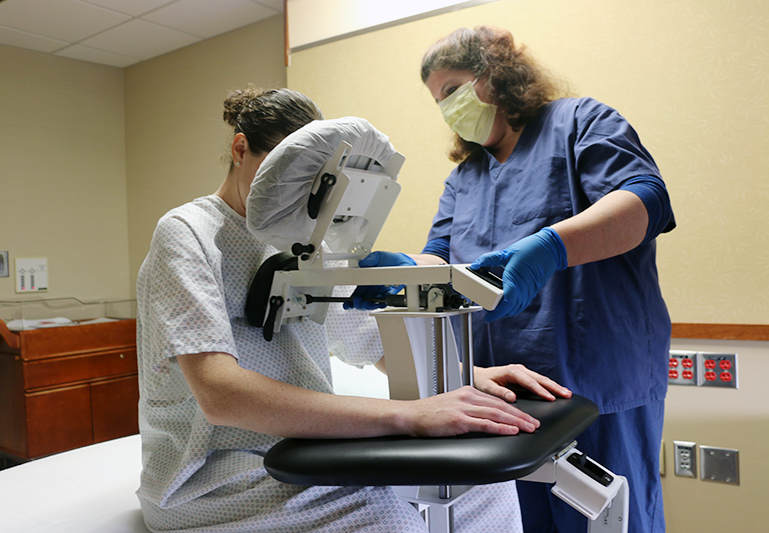Studies are continuing to demonstrate the effectiveness of low-level laser therapy in treating pain. Not only does it compare favorably against more traditional modalities such as electric stimulation, but it also has new applications, such as not simply treating but also preventing pain from the side effects of chemotherapy. New research also shows that low-level laser therapy may be used in conjunction with cortisone treatments.
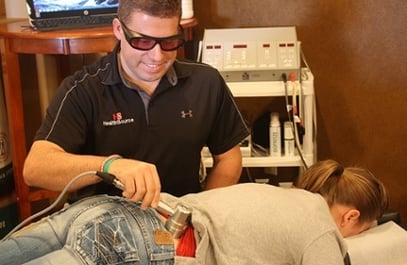
Complex Regional Pain Syndrome: The Effects of LLLT
The aim of the study was to evaluate and compare the effects of low-level laser therapy (LLLT) with interferential current (IF) in the treatment of complex regional pain syndrome (CRPS, or sometimes called RSD, reflex sympathetic dystrophy syndrome). CRPS is a severe and chronic pain condition that has few successful medical interventions.
In this controlled study, 45 patients with unilateral CRPS were treated with LLLT. Group A was treated with LLLT and group B was treated with IF. There was a statistically significant improvement with both groups, but the decrease in pain was significantly higher in the laser group.
This study shows three important findings:
- Laser is effective in treating serious chronic pain conditions
- Laser and interferential both have benefit
- Laser is superior to interferential with chronic pain
This study supports the work of Dr. Basford from Mayo Clinic showing successful treatment of CRPS 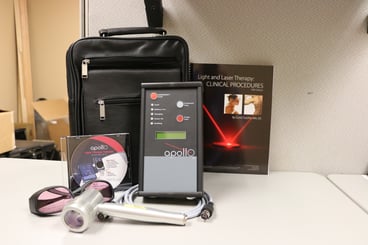
with laser. It also supports prior studies showing that laser is generally superior to electrical stimulation, with the caveat that some studies show laser plus electrical stimulation have a synergistic effect.
(Vojnosanit Pregl. 2010 Sep;67(9):755-60)
Preventing Pain from Chemotherapy Side Effects
Oral mucositis (OM) is a very painful side effect of chemotherapy. Patients who have received high doses of chemotherapy, either alone or in combination with total body radiation, often cite OM as the most debilitating side effect. Prior studies have shown that LLLT can treat OM and provide significant relief and speed healing. However, no previous study has looked at trying to prevent OM before it begins.
The researchers followed 42 patients who underwent stem cell transplant with radiation and chemotherapy. In the LLLT group, 57.1% of patients had no pain when they received LLLT prior to treatment, whereas in the control group, only 4.8% of patients were free of pain! The results demonstrate that laser can not only heal this serious problem, but it can even prevent it.
(Photomed Laser Surg. 2010 Oct 22)
Cortisone and LLLT: A Synergistic Relationship
At one time it was thought that LLLT was ineffective when used with cortisone. Newer studies are showing that LLLT actually may have a synergistic effect with cortisone. This animal study aimed to assess the effect of LLLT associated with and without dexamethasone on inflammation and wound healing in surgical wounds.
The results showed that LLLT and dexamethasone acted in a similar pattern to reduce acute inflammation. Collagen synthesis and tissue healing were more intense in the laser group and LLLT was effective in reducing swelling and accelerated repair, even in the presence of dexamethasone.
(Photomed Laser Surg. 2010 Oct;28(5):639-46)
What to learn more about our Apollo Cold Laser? Download our eBook below!
Topics

Curtis is an internationally known expert in the field of laser therapy and author of "Light and Laser Therapy: Clinical Procedures," the authoratative text on clinical laser treatment. He has used lasers for 27 years, is the author of four books and more than 20 journal articles, and has lectured at many chiropractic colleges and state associations. He also studied various types of soft-tissue therapy with Janet Travell, MD; David Simons, MD; and Karel Lewit, MD.
